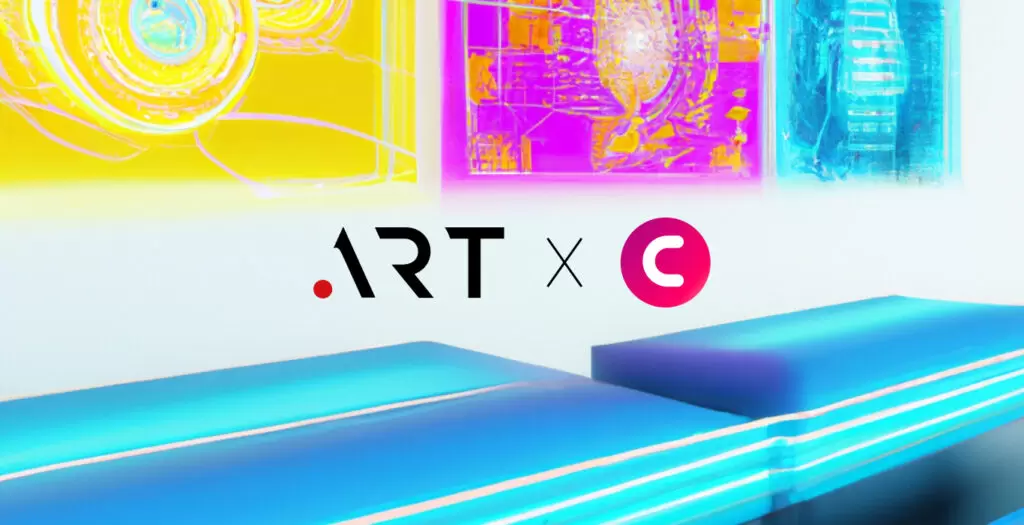Five Books You Should Read to Understand Digital Art
If you're new to the world of digital art, take a look at these expert-approved books and get learning.

Traditionally, digital art was denied the right to be taken seriously, let alone to be considered an integral part of our culture. However, the 21st century made the question of whether digital art is ‘true’ art rather obsolete. Dozens of digital art museums and galleries are popping up across the world. Digital technology has had a major impact on art, transforming its traditional forms with new techniques and media. This has lead to the emergence of entirely new forms.
If you’re new to this world and don’t know the difference between science art and data art, what “hacktevism” means and where it’s all going with AR and VR technologies, take a look at the books below and get learning.

Digital Art by Christiane Paul
Christiane Paul is an Associate Professor and Associate Dean at the School of Media Studies, The New School, and Adjunct Curator of New Media Arts at the Whitney Museum of American Art. She has written extensively on new media arts and lectured internationally on art and technology.
Digital Art surveys the developments in digital art from its appearance in the 1980s to the present day, analysing its key forms and topics.
Digital technologies gave great impetus to developing art, creating new forms, posing new questions and generating new meanings. The author goes into great detail to explain the meaning of “hacktivism” – a new form of political activism (sometimes including hacking) aimed at corporations, “browser art” – alternative browsers that navigate web data, and more. Christian Paul also explores the question of how one can collect digital art if it has no material presence.

Documents of Contemporary Art: Systems
According to new media historian Sarah Cook, “to better understand the possible futures of art, you need to know the stuff in this book”. This book is a gathering of texts by artists, sociologists, philosophers. It also features texts by critics like Norbert Wiener, N. Katherine Hayles, Nam June Paik, Roy Ascott, Jack Burnham, Iannis Xenakis, Manfred Mohr, Brian Eno, Pierre Bourdieu etc. It was edited by new media specialist Edward A. Shanken, who explains a range of contemporary art practices such as digital art and explores the role of information theories, cybernetics, artificial intelligence and the role that cutting-edge science played in the development of art.

The Practice of Art and Science (The European Digital Art and Science Network)
In 2015, artistic-scientific think-tank and a studio-lab Ars Electronica Futurelab initiated the ‘European Digital Art and Science Network’. Its aim was to connect ‘the microcosm and macrocosm of science with the digital arts’, and to facilitate artists’ access to big scientific research institutions like ESO (European Organisation for Astronomical Research in the Southern Hemisphere), ESA (European Space Agency), CERN (European Organization for Nuclear Research) among others. This book is dedicated to the collaboration between artists and scientists, their joined projects as well as their own views on these collaborations and their challenges.

Contemporary Art and Digital Culture by Melissa Gronlund
Melissa Gronlund is a writer and lecturer on contemporary art contributing to e-flux journal, Frieze, New Yorker etc. In her book she analyses the influence of digital technologies upon art which is reflecting and exploring at the same time the global socio-economic challenges, problems of democracy and online privacy, changes made in our everyday life by social media, questions of gender and other forms of identity. The author looks at the modern art practices from the perspective of the history of classical art as well as the history of the digital technologies’ development.

Art of the Digital Age by Bruce Wands
This book is an illustrated survey of digital art which explores the ways in which traditional fine arts have been altered by digital technologies. It also explores the emergence of new forms of art such as net-art, digital installation, augmented and virtual reality.
Bruce Wands offers an overview of the key trends in digital art, provides characteristics, and illustrates each category with quotes and statements from artists, curators, and theorists of new media.
If you want to find a brief overview of the history of digital art from the 60s until today, with all its milestones as well as prospects for the future, Bruce Wands’ would be the right choice.
On a final note: if you are a digital art pro already and simply can’t wait to expose your work, you should know that a .art domain would be the best choice for that purpose. A .art domain is a digital shortcut to your online presence and the face of your personal brand. It’s both a time capsule and a container for every art object that you would ever want to create.






